Easy Student-Centered Physical Education for 21st Century Students
There are some questions about the need for a student-centered physical education class. Education is an ever swinging pendulum. One thing that is not swinging back in our society is our advancements in technology. Who knew just 10 years ago that most people you would walk by on the street would be carrying a computer in their pockets.
With that advancement comes an entirely new generation that does not know life before the internet. If they want to know something, they simply ask Siri for the answer.
Soft skills are no longer innate but must be taught through practice and repetition. Data is showing that the student-centered model of education is how these tech-infused students are learning and the more hands-on they are, the better.
Some courses seem easier than others to implement student-centered instruction. Certainly, when you think of a science class, you think of the labs that are direct hands-on experimentation. A Social Studies class can be filled with simulations that represent different events from history.
But what about a physical education class? Surely those are one-size-fits-all when it comes to activities and learning objectives.
If you feel that statement is as solid as it can get, then I would believe you haven’t investigated student-centered physical education before.
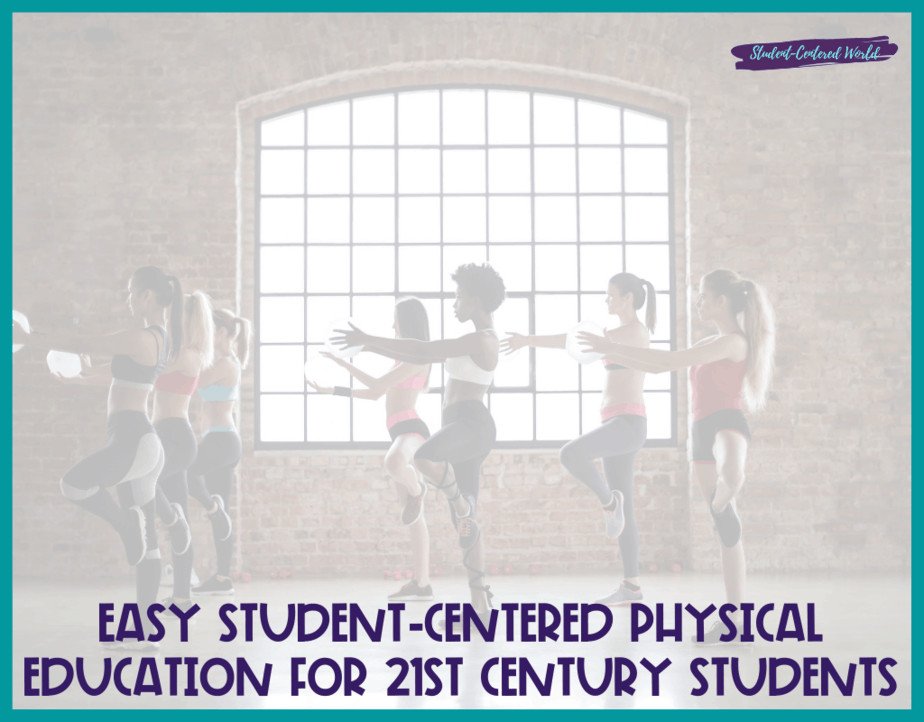
(This post may contain affiliate links that won’t change your price but will share some commission. As an Amazon Associate, I earn from qualifying purchases. Please read our disclosure policy for more information.)
Why Student-Centered Physical Education is Key
Student-centered physical education is more than just giving students options in gym class. It’s more than allowing students to exercise at their own pace. Student-centered physical education is an approach that allows students to learn about themselves, each other, and how they function in groups. It empowers students by giving them choices rather than just telling them what they can or cannot do.
We are currently teaching a generation that is statistically lacking in the soft skills that previous generations seemed to have naturally. We need to adapt to teach our students how to deal with many obstacles that they will face in their lifetime. Focusing on student-centered physical education is a great way to achieve this.
A student-centered physical education curriculum should be built on the premise that the teacher’s role in gym class is to act as an instructor, facilitator, and monitor. The teacher does not demonstrate or perform for students but instead teaches them how to conduct various activities. Collaboration among team members and sharing leadership responsibilities are significant components.
This means that students are responsible for learning new activities, creating their own rules and regulations, setting up equipment, monitoring participants, and conducting post-activity self-assessments. The teacher’s role as an instructor is to be a coach as opposed to a director. Students learn how to teach themselves as opposed to being taught by the teacher or from a book.
We often refer to student-centered physical education as a “fun” and “active” way of teaching students how to learn and retain information. However, we want to make it clear that it is more than just about having fun during PE class. We want our students to be challenged and pushed but also taught in a positive environment.
Physical education is one of the few classes that all students in a school must take. It doesn’t matter if they are an honors student or enrolled in special education, a gifted and talented program, or a college-track academy – every student has to take gym class during his or her high school career. This makes it a significant opportunity to engage students, promote positive behavior, and build relationships with them.
The goal of student-centered physical education is to teach students valuable skills that they can use not only in life but also later on when they are at the workplace or in their careers.
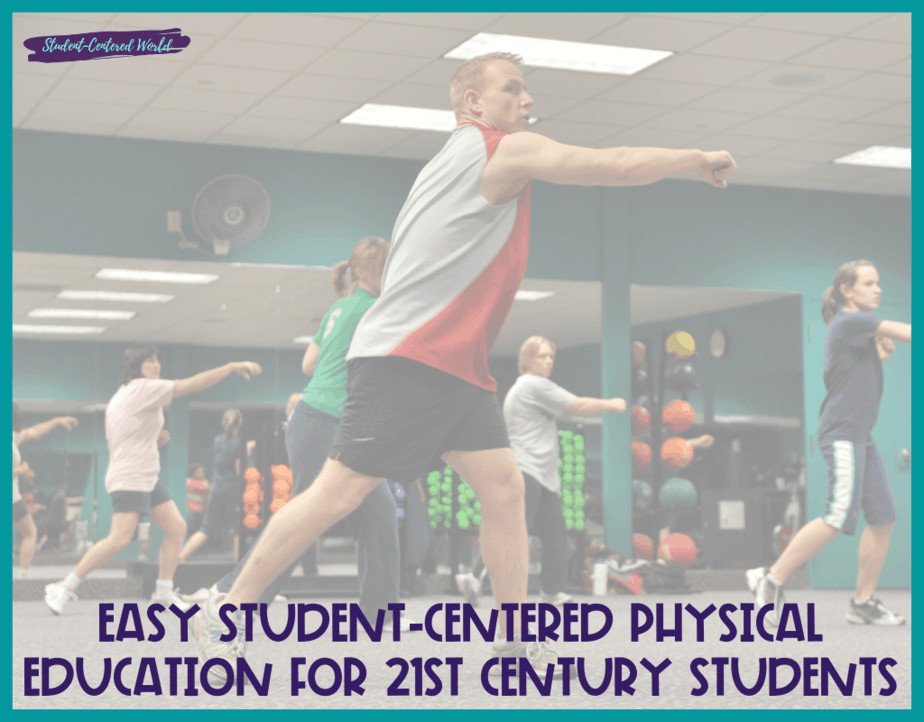
Why is Student-Centered Physical Education Necessary?
I remember my gym teacher in my senior year. We were a good group of kids who tried hard, but she was very sports-oriented and if you weren’t “good” at an activity, she got really irritated that you weren’t trying. It’s not that we weren’t trying…there were just some activities we didn’t excel at. It was frustrating for us, but that was back in the days of cookie-cutter instruction, especially in a gym class.
Not every student is going to be a star at every activity. That is the case for every course and every topic. Some students will naturally “get” some things and have to work harder at others. Knowing that, and knowing the learning styles of this generation, why wouldn’t we work with that as educators to help them to excel to the best of their abilities?
A physical education class is a unique beast. Some kids are naturally athletic while others have no interest in doing anything physical. Sparking the interest of every student is a difficult task to accomplish. The best thing to do is to find what motivates each and every student. The students who are more athletic will be easier to appeal to, but finding out what those who are on the other end of the spectrum enjoy will be more of a challenge.
A student-centered physical education class does just this.
Maybe they are more into designing in an engineering-type sense. Perhaps they can design some type of obstacle course that correlates to a topic in the curriculum. Perhaps during a dancing unit, you can appeal to a student who enjoys history to try to find some cultural dances from around the world to teach to the other students. This idea is a little outside of the box, but it will give the students more of an opportunity to buy into the class.

Goal Setting
Another way to increase student buy-in is to encourage goal setting. These don’t have to be large goals, but the unit can be directed towards each student reaching their personal goals. Perhaps someone is terrible at basketball. By the end of the unit, maybe their goal is to have one ball go through the net.
You can also pair students up for this either by similar goals or in a mentoring sense to help one another. Maybe those who are really great at basketball can create a “how-to” type project to help those that are struggling. The possibilities are really endless with this, but it takes knowing your students.
Modifying activities and breaking them down into the specific skills that need to be mastered in order to complete the activity with more zest is also a great option. This differentiates, but you do need to be careful with this method; the last thing you want is the less apt students feeling like they are inadequate.
Don’t approach this by saying “this is the skill you are working on”, but make it more so that different groups are working on different fundamentals: don’t have some students working on throwing a baseball and others playing an actual game. Think of this as a more drill-based activity that meets your students where their abilities are and help them to excel further.
In an era where our students are often more sedentary than previous generations, it is more important now than ever to try to make sure they’re all engaged in our gym classes, and certainly, student-centered methods will be more appealing to all.
If your district has it available, there are also a number of digital tools that can be utilized in the physical education class. Games like PokemonGo and apps like Coacheseye and Vidalyze bring a digital element that still encourages movement and physical activity. Students can also create “how-to” videos for different physical activities and games, which could be utilized in the differentiated model discussed previously.
Another simple idea is to invest in a few pedometers that students can wear during the class and have a variety of “step” competitions (ad).
The key to all of this is making sure that all students are engaged. In traditional physical education classes, it is difficult to make sure every student is engaged both enthusiastically and to the best of their physical ability. However, in a student-centered physical education class, just adding some of these different elements helps to sustain interest in each student and have them performing better than if the class was a cookie-cutter.
To learn more, you can check out the book Student-Centered Physical Education (ad). It focuses on the middle school gym class, but certainly, its concepts can be adapted for older or younger students as you see fit.
There are so many options out there to make gym class work for every student in your classroom. I challenge you to try out some student-centered physical education techniques in your next class.
Stop Driving the Teacher Struggle Bus
Are you struggling with student engagement, apathy, or keeping your class on track?
💫💫 There’s hope! 💫💫
Join my free teacher workshop “Choosing Choice” and in just 60 minutes, you’ll craft a practical plan to revitalize your teaching. Discover the magic of student choice in boosting engagement, gain quick implementation ideas, and explore strategies for year-long success.
Unlike overwhelming workshops, my approach guides you in real-time, providing more classroom options, reducing stress, and giving you more personal time.
Plus, you’ll earn a 1-hour professional development certificate and have 7 days of access.
Don’t miss this chance to transform your teaching; click below to secure your spot now!

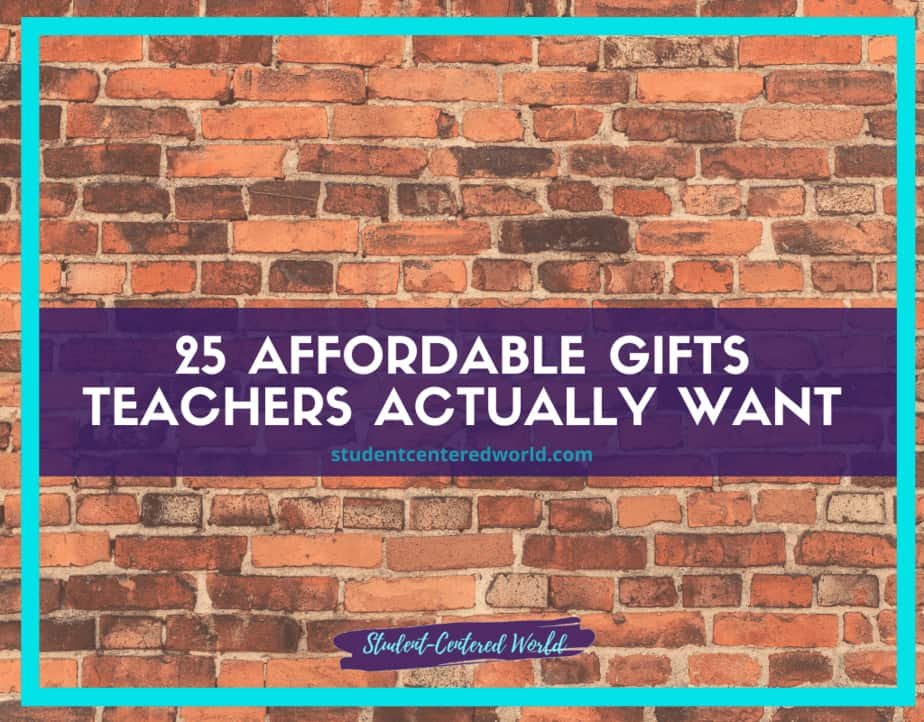
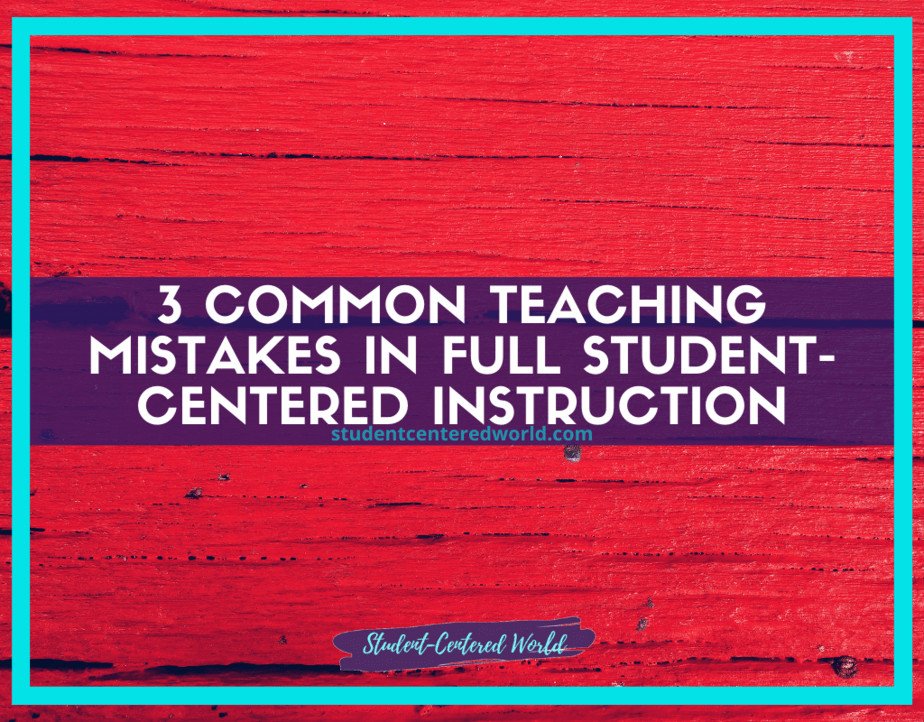



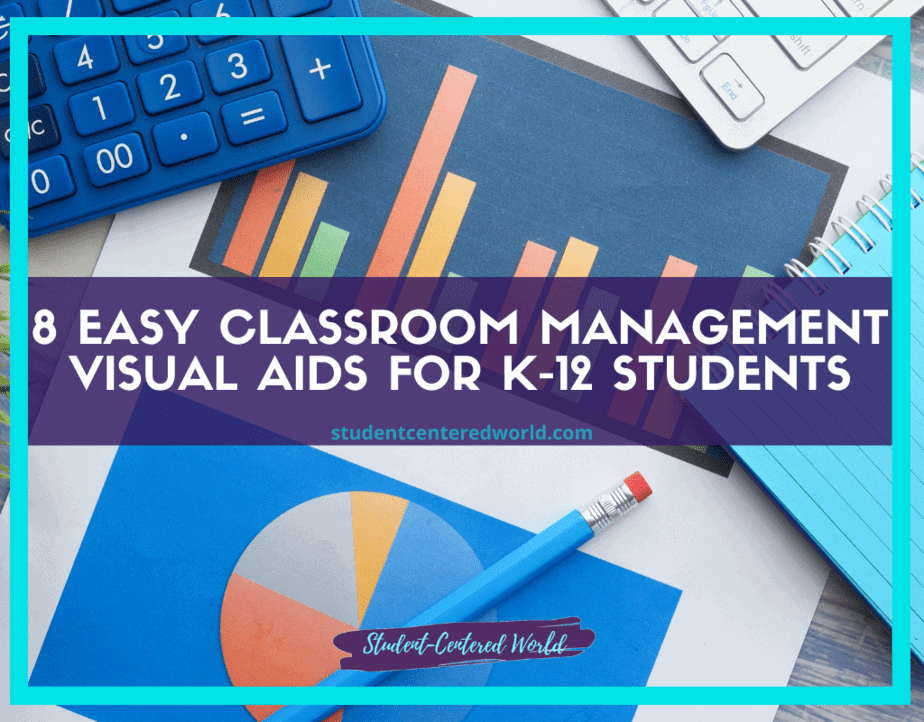
2 Comments
Milt Lindner
I need material for a book to correct educational disasters that were all around me when I was growing up. For example: The one-size-fits-all phys ed program. With training I easily could have been a gymnast, but it was not available. Instead, I, the smallest in the class, had to play basketball, football, baseball, etc.. I need material on gearing phys. ed. to body types, so that everyone can be all he can be.
This site did not show me such material. Where can I find it?
Jenn
That’s a really specific search. I think Google will be your friend for that…or you can reach out to phys. ed. teachers in your area!